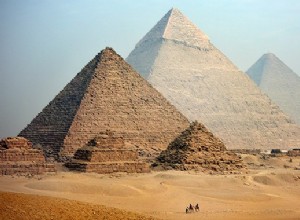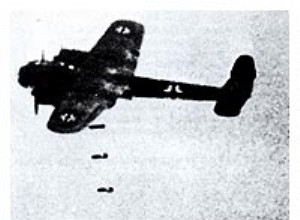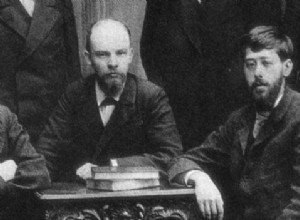Jacques de Morgan, a remarkable former engineer and Egyptologist, was appointed by the authorities in 1897 as director of the French archaeological delegation for excavations in Persia. Also, he undertakes to lead an expedition to this land of ancient civilizations and in particular to Susa. By digg




